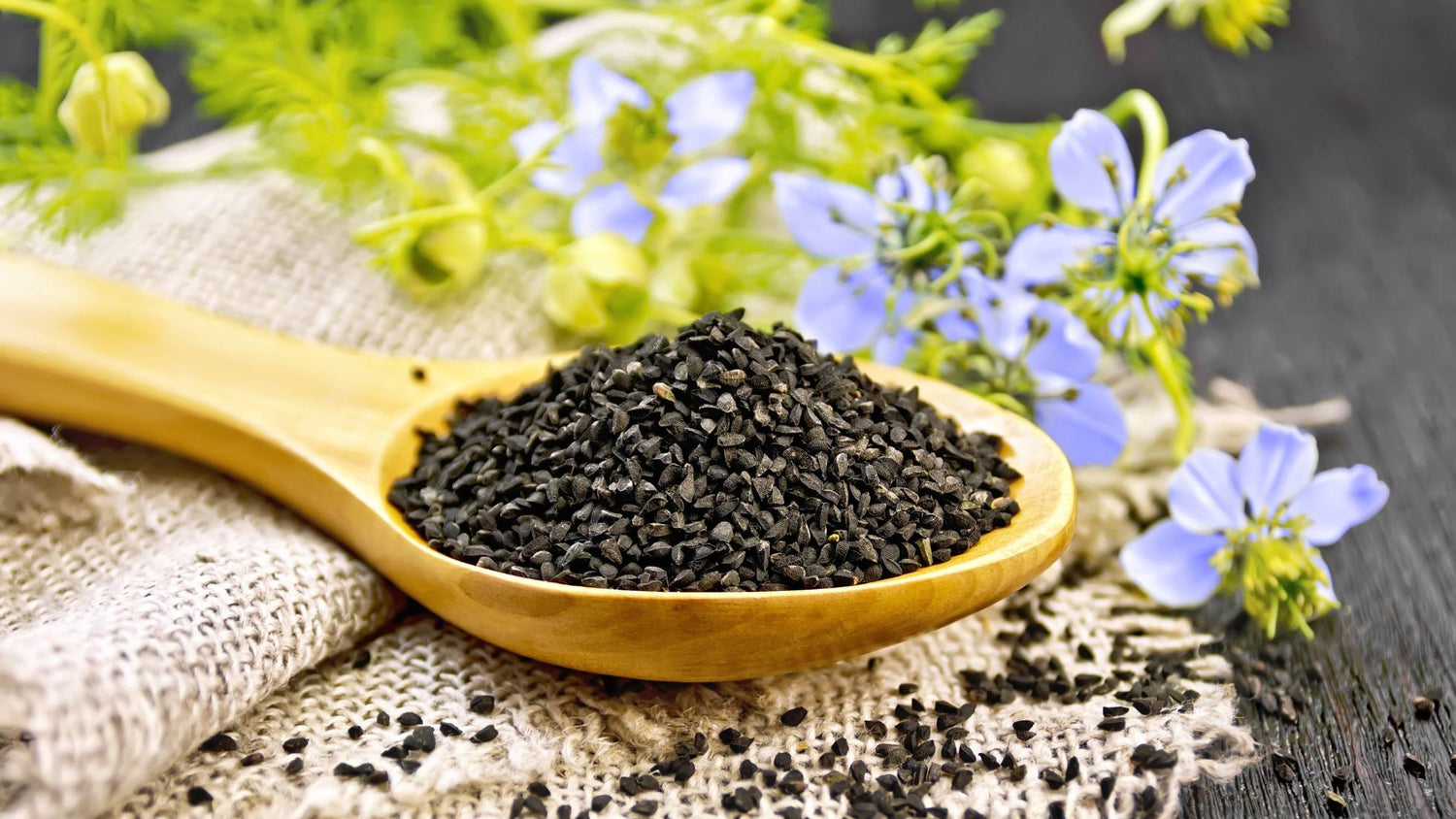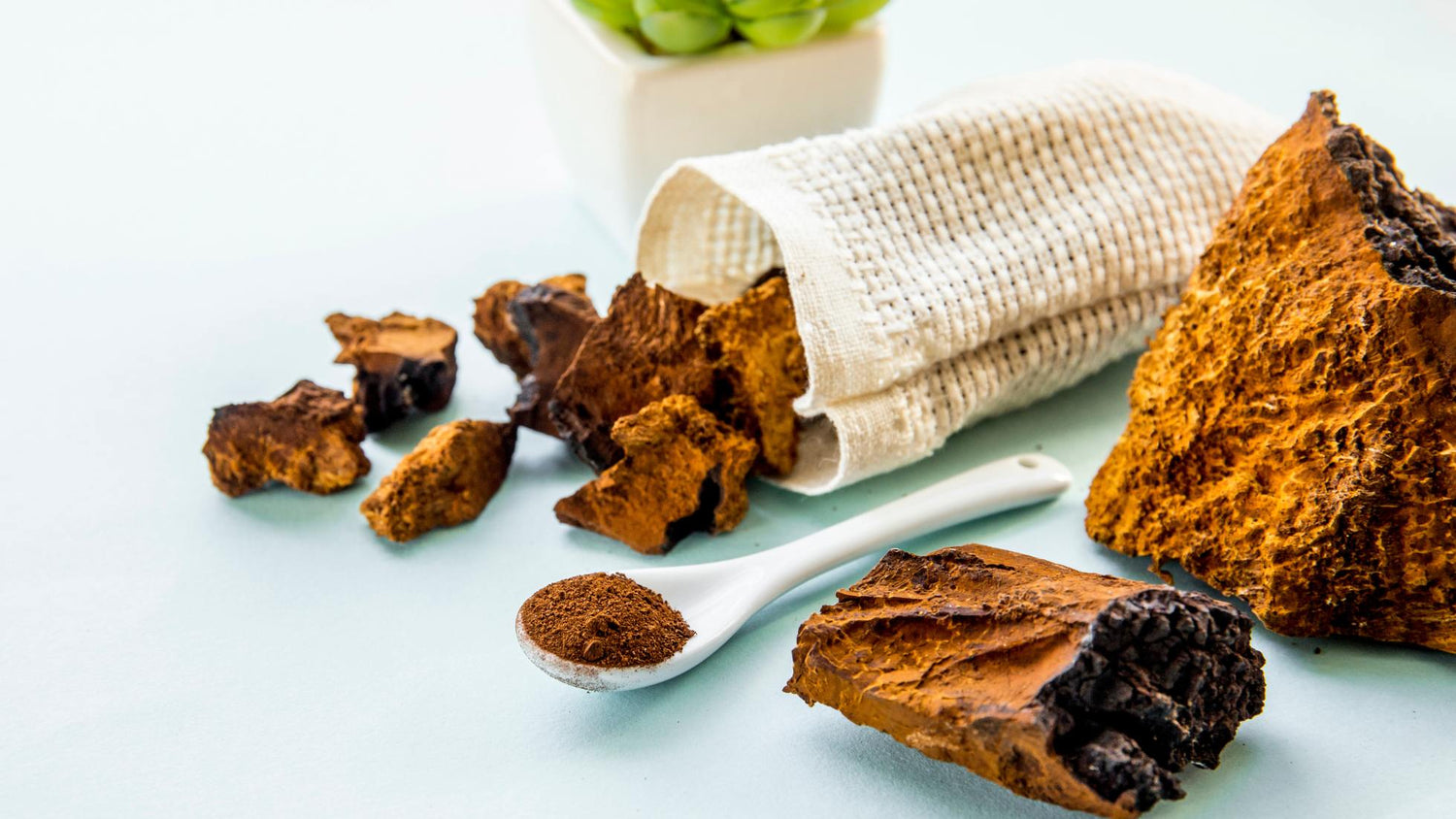An intact venous system is crucial for the health and well-being of our body. However, many people suffer from various problems related to the leg veins. Swollen legs, pain, water retention and varicose veins are just some of the symptoms that can indicate possible venous weakness. This is where red vine leaves come into play as a natural aid.
The venous system is a complex structure responsible for transporting blood back to the heart. However, the upright posture of humans can pose challenges for the veins, as they have to pump blood upwards against gravity. Blood can pool in the legs, particularly when standing or sitting for long periods, lack of exercise, and in hot weather. This slows down blood flow and can lead to increased pressure in the veins and fluid retention.
Red vine leaves, which are obtained from the leaves of the grapevine, contain valuable ingredients such as flavonoids, triterpenes and anthocyanins. These bioactive substances give the vine leaves their beneficial effect on the leg veins. In particular, the antioxidant properties contained in the anthocyanins play an important role in promoting vascular health.
The effect of red vine leaves on the veins:
- Improvement of microcirculation: Studies have shown that red vine leaf extract can increase blood flow to the skin above the ankle, indicating improved microcirculation. This promotes oxygenation of the tissue and supports venous function.
- Support of transcutaneous oxygen partial pressure: Transcutaneous partial pressure of oxygen is an important indicator of tissue oxygenation. Red vine leaves can help increase this value, which in turn promotes vascular function and the health of leg veins.
- Reduction of swelling and water retention: The anti-inflammatory properties of vine leaf extract can help reduce swelling and water retention in the legs.
- Support of the vein walls: The flavonoids contained in red vine leaves strengthen the vein walls and improve their elasticity. This prevents the veins from becoming excessively dilated and causing varicose veins.
Why is red vine leaves advisable?
People who suffer from swollen legs, tired and aching legs or varicose veins can benefit from the positive effects of red vine leaves. The extract can help improve vein function, promote circulation and reduce swelling. It offers a natural way to support the venous system and relieve discomfort.
Although red vine leaves are a promising natural option, sufferers should still consult a doctor or medical professional to determine the cause of their vein problems and to discuss the correct dosage and use of the vine leaf extract. In many cases, it may be useful to take the extract as a dietary supplement to take advantage of the positive effects on the veins and increase well-being.
Overall, red vine leaves offer a promising way to support the health of leg veins and relieve symptoms associated with venous insufficiency. The valuable ingredients in the extract help to strengthen the venous system and ensure better blood flow and improved microcirculation.
Our recommendation:
The colloidal red vine leaf spray by Joachim Kaeser. It also represents another interesting application for taking advantage of the benefits of red vine leaves.
The colloidal spray offers a convenient and quick way of application, as it is absorbed directly by the oral mucous membranes or can be sprayed directly onto the legs. This allows the extract to quickly enter the organism and develop its beneficial effects.
Absorption through the oral mucosa allows the active ingredients to be absorbed quickly into the bloodstream, meaning that the effects on venous health can be felt more quickly. This can be particularly beneficial for people who have difficulty taking tablets or capsules.
In addition, direct application to the legs provides targeted support to the veins where it is needed most. The spray can simply be sprayed onto the affected areas and will work there to reduce swelling and improve vein function.
Further measures to support the leg veins:
In addition to taking red vine leaves, other measures can also help to relieve the leg veins and promote blood circulation:
- Movement: Regular exercise such as walking, cycling or swimming supports venous circulation and prevents congestion.
- Put your feet up: Raising your legs during rest periods relieves pressure on the veins and promotes blood flow to the heart.
- Avoid standing or sitting for long periods: Long periods in one position can lead to blood congestion, so it is important to take regular breaks to move around.
- Compression stockings: Wearing medical compression stockings can reduce pressure on the veins and relieve discomfort.
- Healthy eating: A balanced diet with plenty of fresh fruit and vegetables can promote vascular health.
- Weight control: A healthy weight relieves the legs and reduces pressure on the veins.
The effect of red vine leaves on the veins: findings from a study
A healthy venous system is crucial for blood circulation and the general well-being of our body. However, a common challenge for many people is chronic venous insufficiency (CVI), which is associated with symptoms such as swollen legs, pain and fluid retention. In the search for natural remedies to improve venous function, researchers have discovered a promising substance: red vine leaf extract.
A groundbreaking study conducted by Dr. Ulrich Kalus and his team at the Institute for Transfusion Medicine at the Charité in Berlin investigated the effect of standardized red vine leaf extract on patients with CVI stages I and II (without leg ulcers). A total of 71 patients aged 18 to 85 years took part in the study and took either the vine leaf extract or a placebo daily over a period of several weeks.
The results of this double-blind, controlled study were promising. The group that received the vine leaf extract showed a significant improvement in venous function in the legs. Increased skin blood flow above the ankle was measured using a laser Doppler device, while the placebo group showed a slight decrease, which could be due to weather-related factors.
Another notable discovery was the increase in transcutaneous partial pressure of oxygen above the ankle in patients taking the vine leaf extract. In the second treatment phase, this difference was reproducible and significant between the placebo group and the verum group.
In addition, ankle and calf circumference were on average 0.68 centimeters smaller after the six-week treatment period with the active drug than with placebo.
In addition to the objective measurements, the participants also subjectively assessed the success of the treatment. At the end of the first treatment period, 50 percent of the verum group rated the treatment success as good, compared to 23 percent in the placebo group. At the end of the second treatment period, over 70 percent of the patients in the verum group reported a good effect of the vine leaf extract, while less than five percent of the placebo group said the same.
These promising results underline the potential effect of red vine leaf extract in the treatment of chronic venous insufficiency. The study provides valuable insights and opens up new perspectives for natural and effective support of the venous system.
Source: Charité Berlin, Institute for Transfusion Medicine, Dr. Ulrich Kalus







